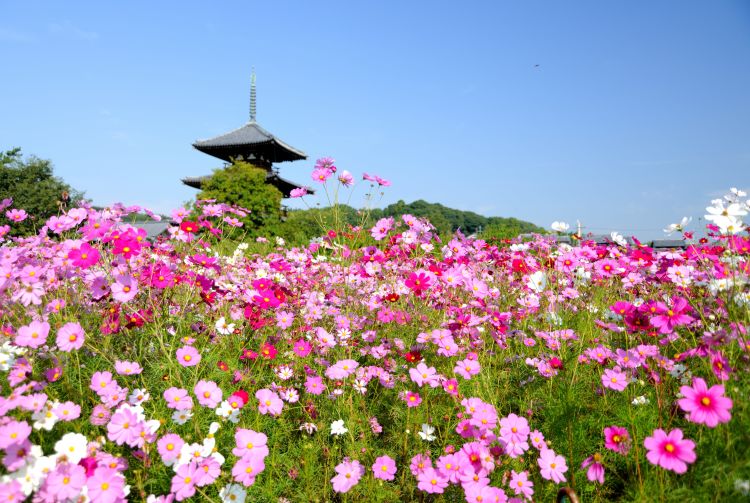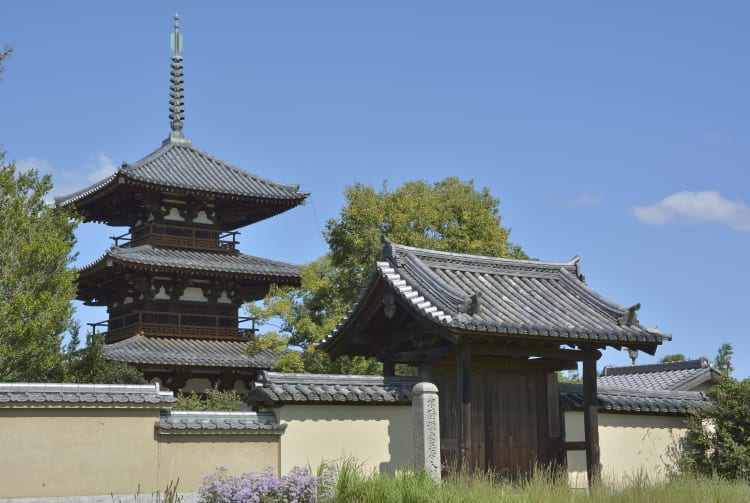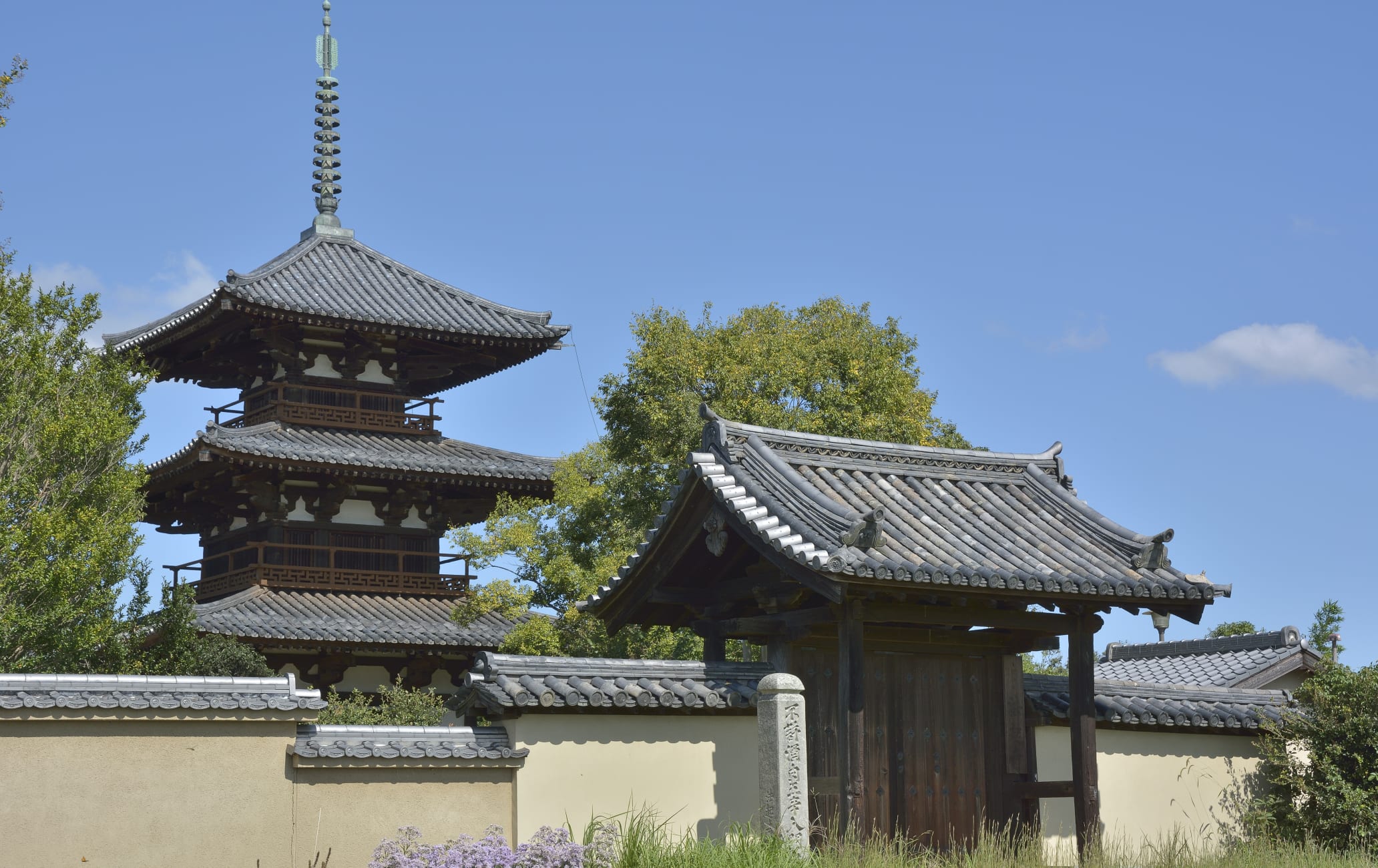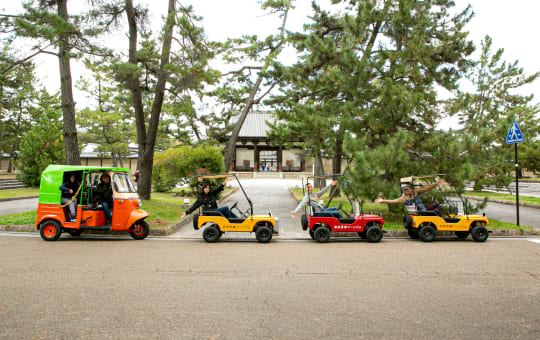A temple that is a perfect mixture of the natural and the manmade
While the city increasingly encroaches on the cultural sights of Nara, the venerable Hokiji Temple remains a fascinating temple far removed from the modern world. One of the seven temples erected by Shotoku Taishi, Hokiji is a UNESCO World Cultural Heritage site with a three-story pagoda dating back to 706 AD that is the oldest of its kind.
Don't Miss
- The 11-faced Kannon Bosatsu statue
- The temple's ancient three-story pagoda, set amid trees, rice paddies and fields of cosmos flowers
How to Get There
You can reach Hokiji Temple by bus or on foot, with the latter a good hike.
Hokiji can be easily accessed by buses that leave regularly from Nara Station or Oji Station, and get off at the Hokiji-mae bus stop or the Hokiji-guchi bus stop respectively. You can walk there in about 40 minutes from Horyuji Station.

A temple in harmony with nature
Natural setting
Among the natural attractions are small ponds, trees and the cosmos flowers that bloom in the fall.

As the buildings are constructed from wood using traditional techniques, the constructions feel almost a part of the natural surroundings. The way that these buildings blend into the nature around them is one of the reasons this temple is so popular.

Unique architecture
Fans of traditional architecture will want to enjoy the main attraction of the temple, its 3-storied pagoda. While it lacks the scale of the larger pagoda in the area, this 24-meter tall piece of art is distinguished by being the oldest of its kind in Japan, dating back to the 8th century.

Similarly the grounds of the temple even have an architectural style named after them, Hokiji style, which describes the way the temple's Kondo (main hall) and its pagoda are perfectly aligned on an east-west axis with the Kondo (main hall) in the west and the pagoda in the east.

























































